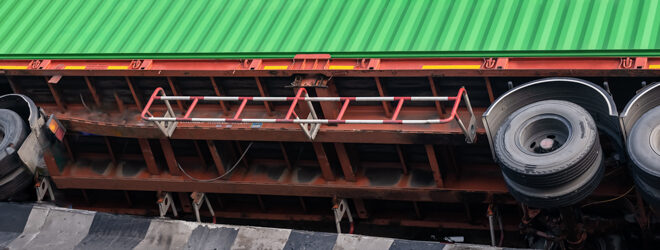In order to avoid losses from fires, theft, and injury, it is important to properly manage your construction site. Construction site management includes establishing site safety plans, following good housekeeping practices, and requiring employees to report hazards immediately.
To assist you with streamlining the processes behind your construction projects, here are some key tips to help you run a well-managed jobsite.
Housekeeping
Having a housekeeping program helps with maintaining a clean job site and ensuring that your workers and customers feel safe. Consider integrating the following housekeeping measures into daily tasks:
- Develop a checklist as an effective resource for workers to follow and sign-off on.
- Keep stairways, ladders, and scaffolds free of obstructions and ensure that loose materials that are high up (such as on a roof), are secure.
- Store combustible material in a suitable location away from the building and in a manner that reduces fire exposure.
- Fill in muddy areas with gravel. Use boards or plywood to walk on.
Waste and debris removal
It is important that all debris and waste is removed from your construction site on a regular basis. Here are some ways we recommend implementing safe and environmentally friendly disposal methods:
- Collect debris in a secure area away from the building to help reduce fire hazards, such as a fire started from arson.
- Provide container services for larger projects.
- Don’t burn rubbish on site.
- Provide chutes or other approved devices for removing waste from above-grade floors.
- Place oily and solvent based rags, into metal safety containers with self-closing covers.
Material storage on the job site
In order to reduce the potential of theft, it is vital for you to limit the amount of materials kept on site and to keep a detailed and accurate inventory of your equipment. Consider these tips to help make your storage processes more efficient:
- Ensure material doesn’t block access points for emergency response vehicles.
- Engage a security guard service or video monitoring service to reduce the risk of theft.
- Store materials in a secure area using lock boxes.
- Increase lighting during non-operational hours.
Flammable and combustible liquids storage
You can help to mitigate the risk of a fire on your site by storing all flammable liquids in a secure location away from ignition sources and other combustible materials. Here are some other ways to help prevent workplace fires:
- Use only approved safety containers to carry, dispense, and store liquids, and ensure contents are properly marked.
- Use only approved flammable liquid storage cabinets.
- Limit the quantities of liquids on site.
- Set up posts or barriers around fuel tanks.
Hot work
Hot work, which can include tasks such as welding, brazing, soldering, and cutting, requires the utmost of caution. It’s important that you ensure an adequate hot work procedure or hot work permit system is in use and enforced. Here are some safety protocols you can follow that will help you to identify hot work hazards and control their associated risks:
- Check that equipment is in good condition before beginning hot work.
- Place combustibles away from the hot work area or shield with flameproof covers or curtains extending to the ground.
- Cover floor and wall openings near non-combustible materials to prevent the passage of sparks or hot slag.
- Ensure adequately sized fire extinguishing equipment such as a dry chemical fire extinguisher is present and accessible.
- Conduct final inspection of the hot work area after the completion of any work.
Ensure that you’re protected
Even after ensuring that you follow every best practice outlined above, things could still go wrong while working on a construction site. That’s why it’s important to invest in comprehensive coverage. Learn more about the tailored policies we offer by visiting our Construction and Contracting Insurance page today!




